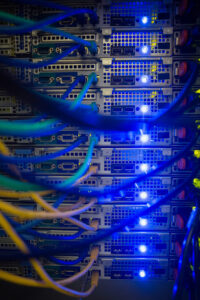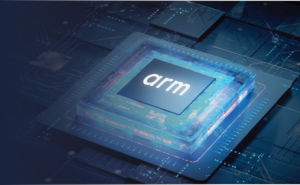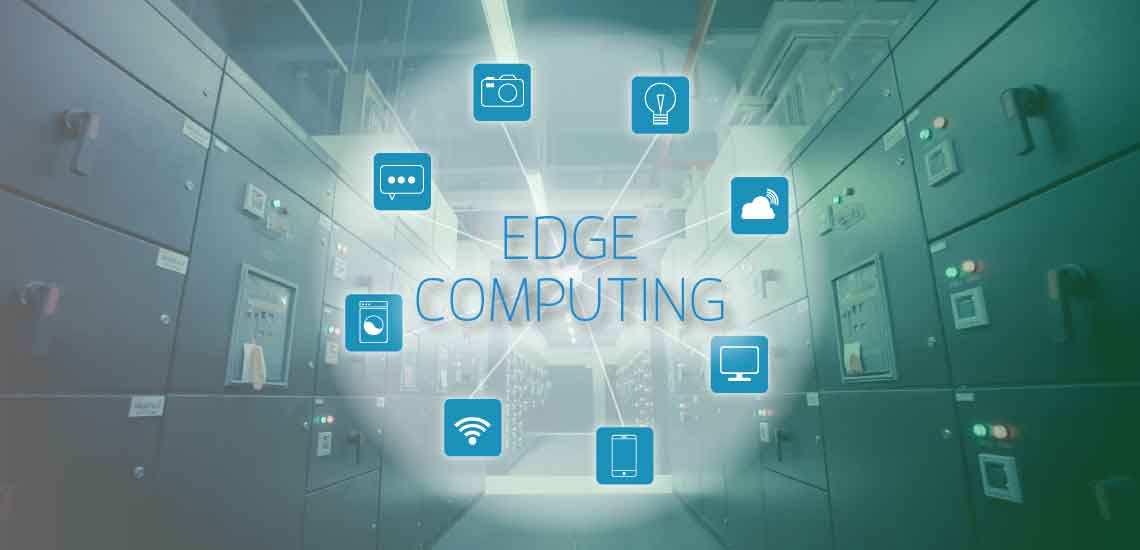Cloud computing has been all the rage in the technology world, but a new, improved way of computing has started to emerge. Could we be looking at at a new technological advancement? Some people certainly believe so. If you haven’t heard about edge computing, we’re here to give you a simple break down of what it is and why tech companies are working towards providing support for edge computing.
Edge computing is when data is processed locally first before being sent to a data center/cloud as opposed to having all the data processed in a centralized data center or cloud as it is in cloud computing. So you may be wondering, what do you mean by “edge”? In simple terms, the “edge” refers to the edge of the network where data is processed near the source of the data, AKA remotely within a device itself. After the data has been processed at the edge of the network, the data information can then be sent to the cloud. Devices that produce data can be classified as “edge devices”. Edge computing has largely been tied to the Internet of Things; however, edge computing is not just limited to IoT.
Before we talk about the benefits of edge computing, it is important to note that edge computing is not meant to completely replace cloud computing. Instead, it serves as an improved method of computing that provides a faster, more secure way to process and store data. With technologies like Internet of Things, AI/robotics and autonomous vehicles becoming increasingly prominent, edge computing is growing as a suitable method of computing because it changes the way we view and analyze data. The main benefits of edge computing include an accelerated data-streaming process with instantaneous data analysis.
In the specific case of IoT, edge computing is key since IoT devices are constantly collecting large amounts of data. When those devices have to send data to a cloud, factors such as low bandwidth, connectivity issues and high latency can be downsides in cloud computing. Edge computing speeds up the time it takes for the device to send data to a cloud because since some of the data can be processed locally, latency is lowered and the traffic to send the data to the data center/cloud is reduced as well. There’s less of a need to constantly connect to a user’s data center/cloud to fetch data and users also get an extra layer of network security. By incorporating edge computing, some experts believe companies and businesses can lower maintenance costs, reduce downtimes, improve efficiency and streamline data analytics/collection.
Tech giants are starting to jump onto the edge computing ship. Some tech companies have begun developing and releasing products/services for customers that are looking for edge computing capabilities to support edge applications. With many businesses looking towards accelerating business operations, especially in the industrial markets, employing innovative technologies such as edge computing could be highly beneficial since technology plays a huge part in research and development.
What are your thoughts on edge computing? Be sure to let us know in the comments below or share with us on social media!






